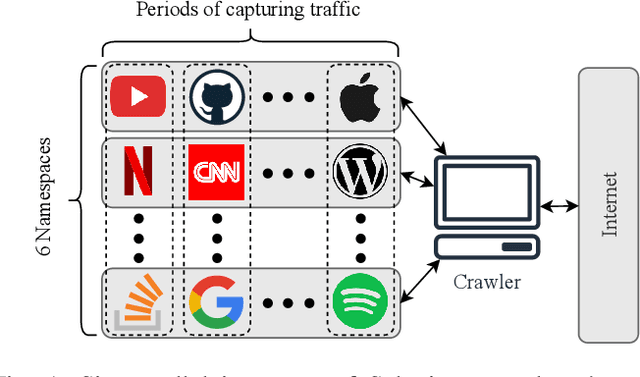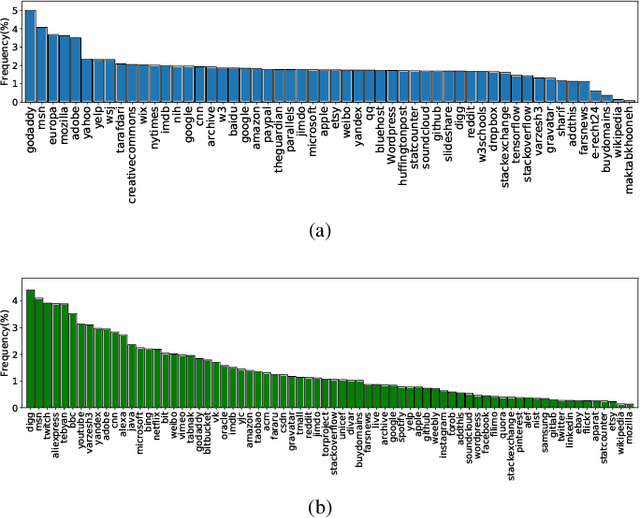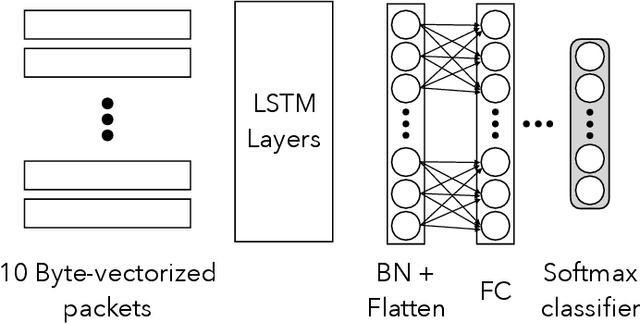Machine Learning Interpretability Meets TLS Fingerprinting
Paper and Code
Nov 12, 2020



Protecting users' privacy over the Internet is of great importance. However, due to the increasing complexity of network protocols and components, it becomes harder and harder to maintain. Therefore, investigating and understanding how data is leaked from the information transport platform/protocols can lead us to a more secure environment. In this paper, we propose an iterative framework to find the most vulnerable information fields in a network protocol systematically. To this end, focusing on the Transport Layer Security (TLS) protocol, we perform different machine-learning-based fingerprinting attacks by collecting data from more than 70 domains (websites) to understand how and where this information leakage occurs in the TLS protocol. Then, by employing the interpretation techniques developed in the machine learning community, and using our framework, we find the most vulnerable information fields in the TLS protocol. Our findings demonstrate that the TLS handshake (which is mainly unencrypted), the TLS record length appears in the TLS application data header, and the initialization vector (IV) field are among the most critical leaker parts in this protocol, respectively.
 Add to Chrome
Add to Chrome Add to Firefox
Add to Firefox Add to Edge
Add to Edge